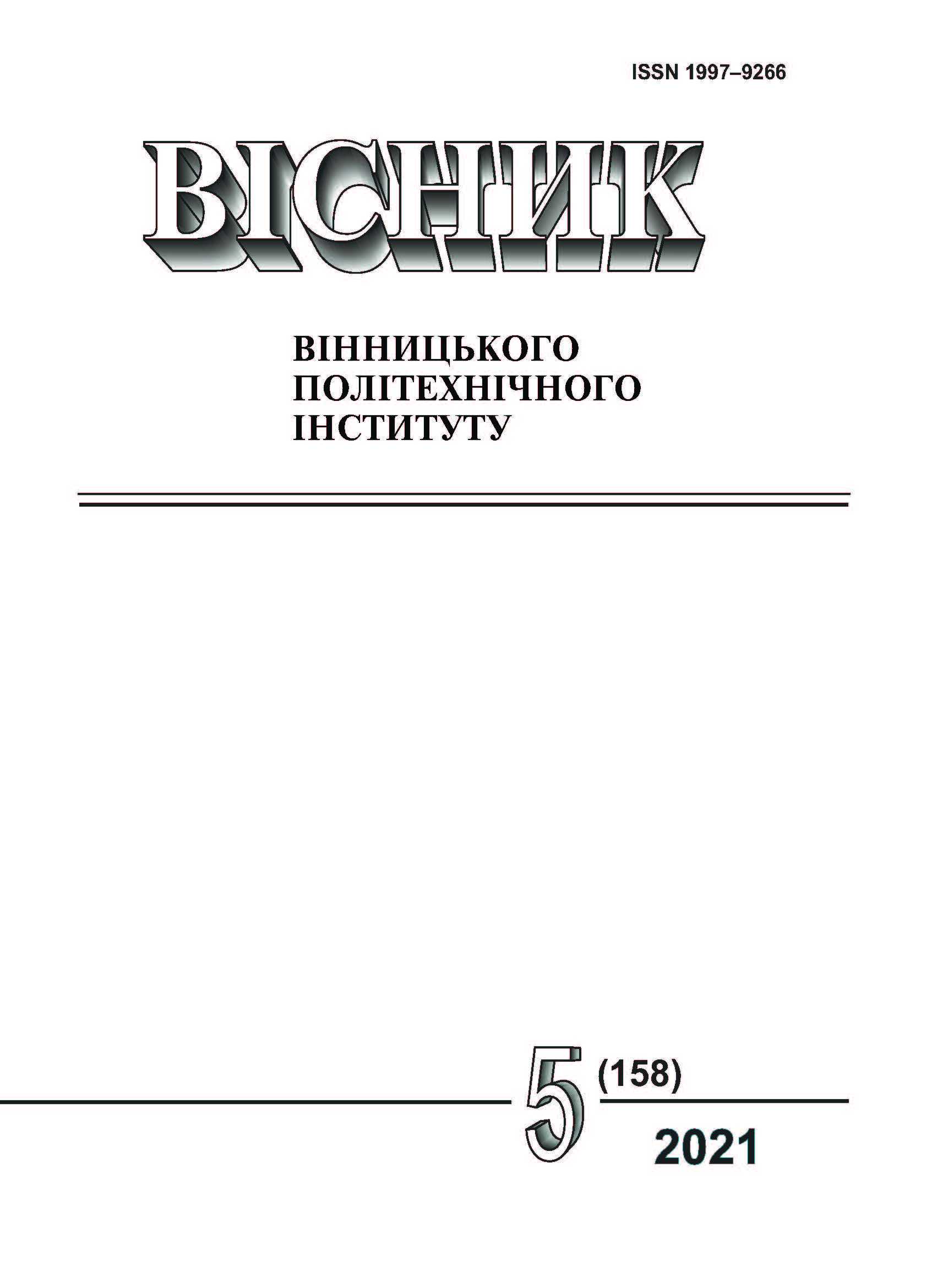Improving the Quality of Electricity Supply in the Energy Smart Community with Sources of Distributed Generation
DOI:
https://doi.org/10.31649/1997-9266-2021-158-5-64-70Keywords:
Energy Smart Community, distributed generation, solar photovoltaic system, current quality, relay controlAbstract
Solar photovoltaic energy is the most commercially attractive and widely used. The rapid development of the direction of renewable energy has become a prerequisite for the future change in the basic strategy for the functioning of energy systems and the energy market, the creation of new formats of interaction within the framework of "consumer — energy supply company", which are described in the concept of Energy Smart Community. The best option for building an Energy Smart Community is a mode of operation for private households, in which not only electricity is efficiently and economically consumed, but also generated into the grid. Grid connection requirements are fundamental principles in the design, management and operation of solar photovoltaic systems. These requirements are contained in the standards. The voltage (current) of photovoltaic generators is incompatible with the load in terms of amplitude and frequency, so power converters must be used. The control system of the DC/AC converter should be designed in such a way that the current is sinusoidal with low THD. The paper proposes a converter based on the developed tracking system with relay control and forced formation of sinusoidal currents consumed and generated from the network in the absence of a phase shift between voltage and current. Relay control allows you to realize the maximum speed. By digital modeling, the operating modes of the proposed converter were investigated: power supply of the load from the network and photovoltaic system (PV-system) power supply from the PV-system and power generation into the network; generating energy to the network, with the load disconnected; power supply from PV-system In all modes of operation, the current is sinusoidal. The quality of the current is analyzed using harmonic analysis. THD is 3.41 %, which meets the current quality standard. Individual harmonics do not exceed the maximum permissible values.
References
Національна комісія, що здійснює державне регулювання у сферах енергетики та комунальних послуг (НКРЕКП), «Про встановлення "зелених" тарифів на електричну енергію та надбавки до "зелених" тарифів за дотримання рівня використання обладнання українського виробництва для суб’єктів господарювання», Постанова НКРЕКП, № 1991. 2409. [Електронний ресурс]. Режим доступу: http://www.nerc.gov.ua/index.php?id=44630 .
LCOE відновлюваних джерел енергії в УКРАЇНІ, 2018. [Електронний ресурс] Режим доступу: https://cel.com.ua›statics›media›doc23929 .
NYSEG: About the Energy Smart Community – Tompkins county, [Electronic resource]. Available: https://www.nysegsmartsolutions.com .
Smart Community Aruba. [Electronic resource]. Available: http://www.smartcommunityaruba.aw/about/ .
A. A Ożadowicz, “New Concept of Active Demand Side Management for Energy Efficient Prosumer, Microgrids with Smart Building Technologies. Energies,” v. 10 (11), pp. 17-71, 2017.
S. Denysiuk, R. Strzelecki, and V. Opryshko, “The smart grid concept implementation by expanding the use of demand side managment and modern power electronic installations,” Енергетика: економіка, технології, екологія, № 4 (46), с. 7-17, 2016. ISSN: 1813-5420.
С. П. Денисюк, Д. Г. Дерев’янко, і Д. С. Горенко, «Особливості оцінювання режимів функціонування локальних систем з джерелами розосередженої генерації та накопичувачами,» Енергетика: економіка, технології, екологія, № 1, с. 7-20, 2020.
С. П. Денисюк, і П. В. Соколовський, «Оцінка та передумови для побудови інтелектуальних енергетичних середовищ на основі фотовольтаїчних систем генерації електроенергії,» Зб. наук. пр. НУК., № 2 (480), с. 58-67, 2020.
Yongheng Yang, Katherine Kim, F. Blaabjerg, and Ariya Sangwongwanich, Advances in Grid-Connected Photovoltaic Power Conversion System, 2018.[Electronic resource]. Available: https://www.researchgate.net/publication/326353412_Advances_in_Grid-Connected_Photovoltaic_Power_Conversion_Systems .
Держстандарт України, «Характеристики напруги електропостачання в електричних мережах загальної призначеності,» ДСТУ EN 50160:2014 (EN 50160:2010, IDT), чинний з 1.10.2014. Київ, Україна: Держстандарт України, 2014. 27 с.
“Characteristics of the utility interface for photovoltaic (PV) systems,” International Electrotechnical Commission (IEC), 61727, 2004.
Ю. П. Самчелеев, и Г. С. Белоха, «Сравнительный анализ трехфазных и однофазных источников питания с релейным управлением,» Проблеми енергоресурсозбереження в електротехнічних системах. Наука, освіта і практика, наукове видання. Кременчук: КрНУ, вип. 5/2018, с. 69-72, 2018.
Ю. П. Самчелеев, В. Г. Дрючин, Г. С. Белоха, и Н. И. Андреева, Высокоэффективные источники электропитания, моногр. Алчевск, Украина: ДонГТУ, 2013, 219 с.
Reza Davoodnezhad, “Hysteresis current regulation of voltage source inverters with constant switching frequency.” PhD Thesis. Australia, 2014.
G. Bielokha, and Yu. Samcheleev, “Electromagnetic compliant of voltage source with relay control,” in IEEE International Conference “Modern electrical and energy systems”. Кременчуг: КрНУ, 2017, с. 32-36.
Downloads
-
PDF (Українська)
Downloads: 224
Published
How to Cite
Issue
Section
License

This work is licensed under a Creative Commons Attribution 4.0 International License.
Authors who publish with this journal agree to the following terms:
- Authors retain copyright and grant the journal right of first publication.
- Authors are able to enter into separate, additional contractual arrangements for the non-exclusive distribution of the journal's published version of the work (e.g., post it to an institutional repository or publish it in a book), with an acknowledgment of its initial publication in this journal.
- Authors are permitted and encouraged to post their work online (e.g., in institutional repositories or on their website) prior to and during the submission process, as it can lead to productive exchanges, as well as earlier and greater citation of published work (See The Effect of Open Access).





